Description
Using Rubberized Asphalt To Rehabilitate An Alkali-Silica Affected Jointed Concrete Pavement: A 30 Year Study Of Reflection Cracking And Structural Performance
Strauss PJ and van Heerden JL
ABSTRACT : Rubberized Asphalt (RAR) was used to rehabilitate a 24 km structurally failing jointed concrete section of the N2 freeway between the Cape Town airport and Somerset-West, South Africa. The decision to use RAR was based on the construction, testing and monitoring the performance of experimental sections using eight different overlay options including crushed stone with asphalt wearing course, varying thickness of asphalt with different types of interlayers such as geo-fabrics, chip seals with bitumen-rubber and pen-grade bitumen, open graded asphalt with bitumen-rubber as binder (at the time a first for South Africa) as well as thin overlays of jointed and continuously reinforced concrete.
The behaviour and performance of the different sections under normal traffic loading as well as Heavy Vehicle Simulator (HVS) testing, were modelled, also using FE analyses, to predict the development of reflection cracking as a function of relative movement at a crack. Based on these predictions, an open graded rubber asphalt on top of a bitumen-rubber chip seal was selected as the most cost effective overlay option with a predicted 15 years of structural life.
The paper describes the initial condition of the pavement, the characteristics and performance of the different experimental sections as well as the testing procedures that was developed at the time to characterize and ensure uniform quality of bitumen-rubber binder for both the chip seal and the asphalt and the development of design procedures for RAR overlays. Also included in the paper is a discussion of the behaviour of the pavement and the mechanism of structural failure after 30 years of very limited maintenance. The properties of binders in seals and asphalt as well as the proposed testing procedures and specifications to ensure acceptable performance of RAR overlays in particular can now be recommended.
KEYWORDS: bitumen-rubber properties, crack movement, reflection cracking, overlay design.

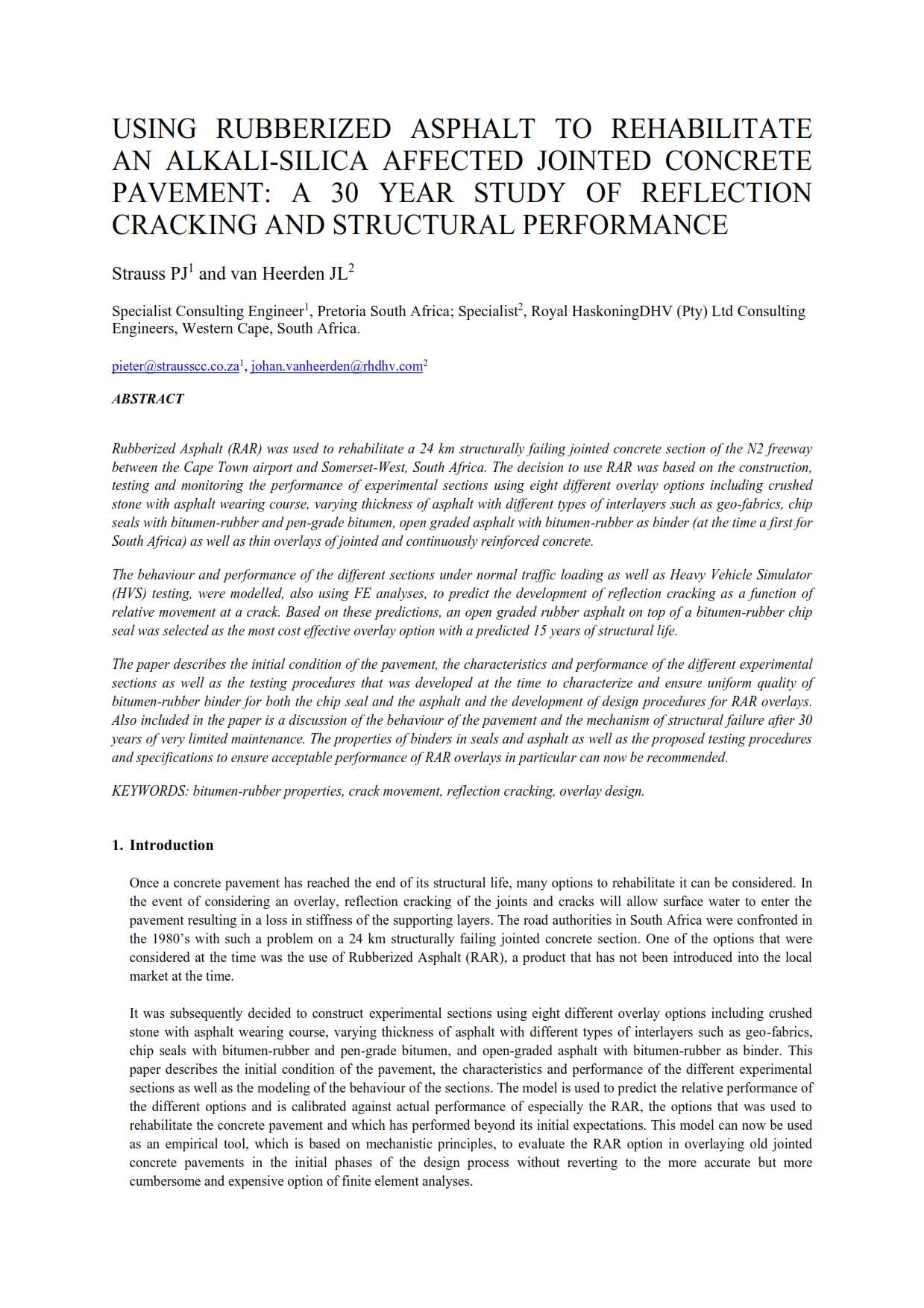
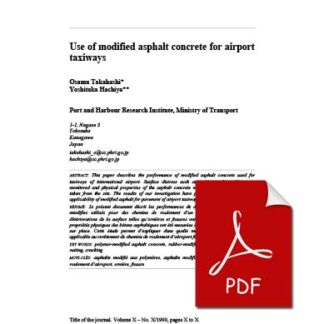
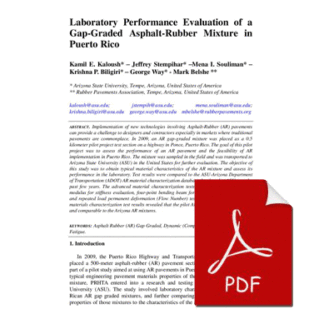
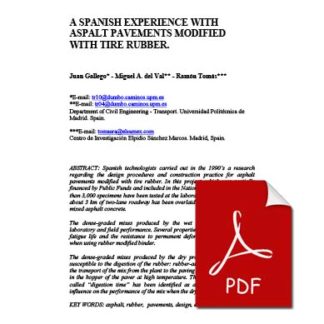


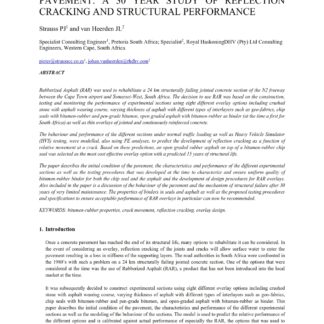
Reviews
There are no reviews yet.